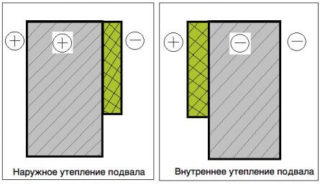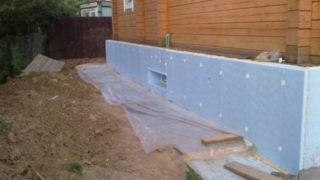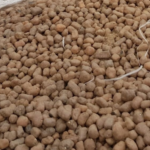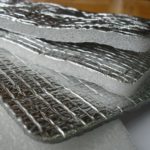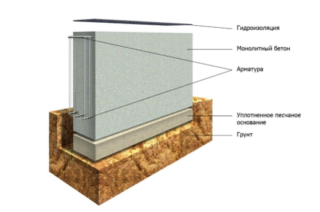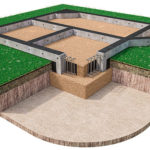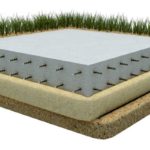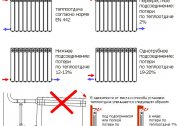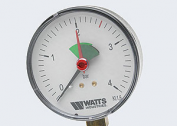Warming the foundation of a wooden house is one of the stages of construction, requiring time and money. However, ignoring this phase of the construction of the building is fraught with big problems in the very near future. To carry out this event, they hire specialists, but you can warm the foundation of a wooden house outside with your own hands, saving a considerable amount. To do this, you should familiarize yourself with the characteristics of commercially available materials and the technology of their installation.
The need to warm the foundation of a wooden house outside
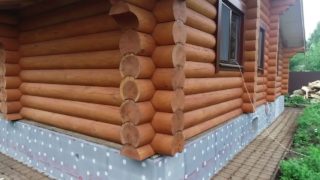
Compared to concrete, brick and foam concrete counterparts, timber buildings are lightweight. This is a plus, since there is no need to equip a powerful and heavy foundation, which positively affects the budget and construction time. But therein lies the negative side of the issue. The shallow base is thin, freezes quickly and thaws just as quickly. It does not constitute a reliable barrier against external influences.
Reasons for thermal insulation of the foundation:
- Decrease in heat losses of a structure. The floor and walls are insulated from frozen ground.
- Prevention of swelling. Some types of soil increase in volume due to crystallization of water. A similar phenomenon is fraught with deformation of the house and the destruction of its foundation.
- Reduce the number of freeze and thaw cycles. Each material has a resource of 50 to 150 cycles. Only in one winter there can be up to 10 in the absence of thermal insulation.
- Protection against dampness, salts and alkalis contained in the soil. This helps to extend the life of the structure. In addition, moisture does not penetrate the wood, which causes its decay and loss of strength.
- Creating and maintaining a favorable indoor microclimate. The floors remain warm, there is no excess moisture, there are no prerequisites for the development of fungus and mold.
- Maintaining communications in a healthy state. This applies to water supply, heating and sewage, which do not freeze even in severe frosts.
It is not too late to make thermal insulation even after the construction is completed, but more time and effort will have to be spent.
Advantages and disadvantages
The base of the building can be insulated inside and out. Each technology has its own characteristics, pros and cons.
The following options speak in favor of the external option:
- The dew point is removed from the supporting structures. Condensation does not form on them, the presence of which is negative for all types of material.
- Preservation of the useful volume of the underground, garage, bathhouse and other underground structures under the house.
- The absence of restrictions, cramped and inconvenient work. For her, there is no need to organize lighting and ventilation.
- There is no need to spend time and money on finishing. It is enough to glue the insulation and waterproof it.
This solution also has disadvantages. The first is that you need to select materials that are resistant to moisture and pressure. The second drawback is that it is necessary to carry out additional excavation work, both for thermal insulation and to provide free space for installation.
The internal method has the following advantages:
- There are no restrictions on the time of the insulation, which relate to the weather and time of year.
- Freedom of choice of any material, as it will be protected from external influences.
Among the shortcomings of the internal method is the reduction of the basement space, the dew point shift to the base, and the need for expensive finishing.
Thermal insulation materials
When choosing materials for thermal insulation, products that are characterized by low thermal conductivity, durability, water resistance and lack of hygroscopicity should be selected.
Insulation options for the foundation:
- Styrofoam. It is a plate of porous balls 98% composed of air. The heat insulator has an affordable cost, easy to process and install. Low thermal conductivity provides reliable protection against temperature differences.
- Penoizol and Penofol. It is made in the form of rolls, where the basis is foamed polyethylene, enclosed between layers of aluminum foil. The small thickness of the material allows it to be used for interior work and exterior decoration with minimal excavation.
- Polyurethane foam. The material is characterized by the lowest thermal conductivity, durability and environmental safety. Available in the form of plates up to 10 cm thick or sprayed onto the surface with a spray gun.
- Expanded clay. Vulcanized clay balls have excellent performance, but are hygroscopic and prone to shrinkage. Based on this, it is used in conjunction with cement mortar.
- Expanded clay
- Penofol
- Polyurethane foam
The choice of insulation is determined by the foundation material and soil properties.
Types of foundations and methods of their insulation
Depending on the configuration of the foundations, various methods of their insulation can be used:
- Shallow. The main task is to protect from the cold, going along the sides and from below, as the structure is exposed to frost from all sides. Based on this, the foundation is glued with insulators inside and out, and a thick claydite stand is filled up from the bottom or polyurethane foam is laid.
- Columnar. The supports carry an increased load, so they are laid to a greater depth. Warming is carried out from the mark of the freezing point to the very top. It is better to use plate material, which is glued in strips to the supports, and the joints are sealed with foam.
- Monolithic. Externally, supporting plates can be insulated only at the stage of building a house. After its construction, the best solution is a 10 cm thick foam, poured on top with a concrete screed.
- Tape. Such foundations are laid below the level of freezing of the soil, so they are not afraid of the swell. It is advisable to carry out insulation from the outside by gluing polystyrene boards with plates without screwing so as not to weaken the strength of the walls.
- Pile. The best option is gluing with penofol followed by fixing with aluminum wire, mounting tape or improvised means.
- Pile
- Tape
- Monolithic
- Columnar
In each case, you should choose the highest quality materials, lastly focusing on their prices.
Do-it-yourself steps of warming the foundation
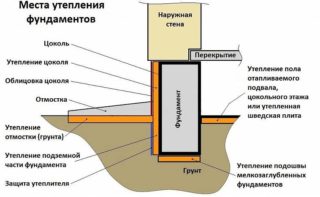 In order to conduct high-quality insulation of the base of a wooden structure, you need to perform the following actions:
In order to conduct high-quality insulation of the base of a wooden structure, you need to perform the following actions:
- Select the soil around the foundation, if work is carried out after the construction of the house.
- To clear surfaces of dirt, a mold and fatty deposits.
- Remove unstable fragments, close cracks and potholes.
- After the material has dried, treat it with a deep penetration primer or a corrosion inhibitor.
- Waterproof the base.
- Fix the insulation in accordance with the method recommended by the manufacturer.
- If required, apply another coat of waterproofing or exterior finish.
Backfilling and tamping of the soil can be carried out only after the complete hardening of the adhesive compositions.
